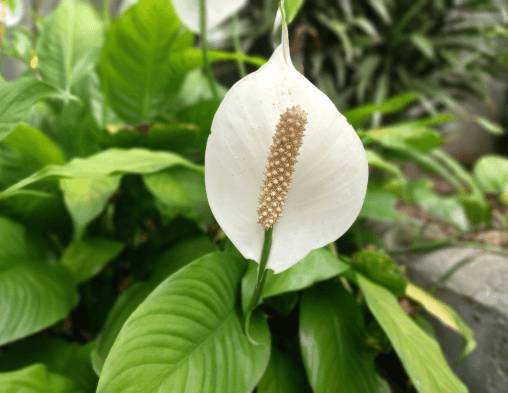
Peace Lily: A Symbol of Elegance and Tranquility
Introduction
The peace lily (Spathiphyllum) is a beloved indoor plant known for its glossy green leaves and elegant white flowers. Despite its name, the peace lily is not a true lily; it belongs to the Araceae family, which includes other favorites like caladiums, elephant ears, anthuriums, and callas. In this comprehensive blog post, we’ll explore the world of peace lilies, from their care requirements to their symbolism.
Key Characteristics
- Botanical Name: Spathiphyllum
- Common Names: Peace lily, spath
- Family: Araceae
- Native Area: Tropical regions of the Americas and southeastern Asia
Growing Conditions
1. Light
- Peace lilies thrive in bright, indirect light. Place them near a north- or east-facing window.
- They can tolerate lower light levels, making them ideal for offices or rooms with limited sunlight.
- Peace lilies thrive in bright, indirect light. Place them near a north- or east-facing window.
- They can tolerate lower light levels, making them ideal for offices or rooms with limited sunlight.
